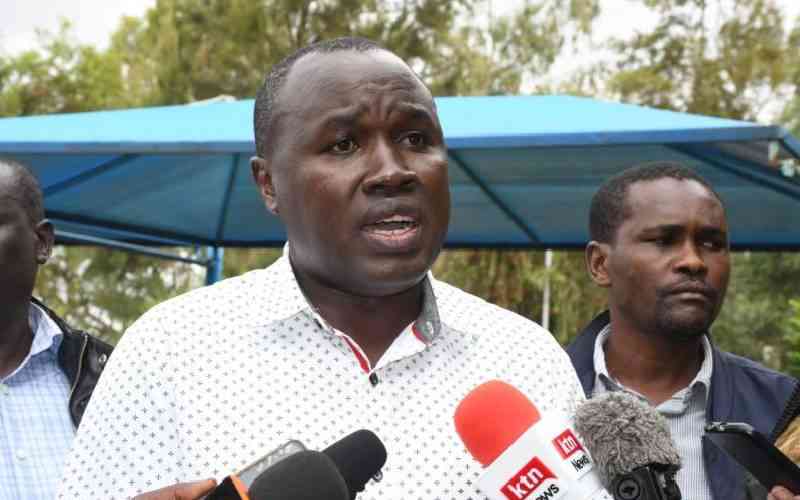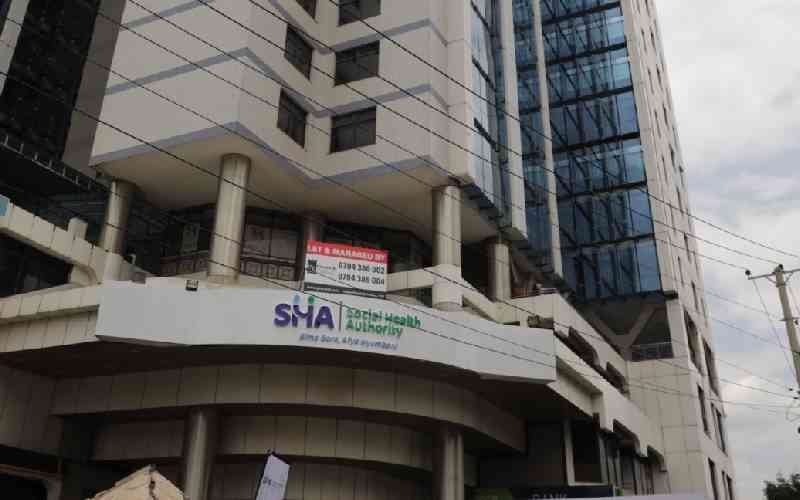
Stigma is a major contributor to new HIV infections in arid and semi-arid (Asal) counties, with at least 51 people dying in Kenya every day from AIDS-related complications, according to a new report.
Among counties recording high infections of the viral disease include Samburu, Turkana and Mandera at 4.3, 2.9, and 0.3 per cent respectively, against the 3.7 per cent national prevalence, according to a new HIV status report.
In Mandera, the rate of mother-to-child HIV infection stands at 38.8 per cent, against 8.6 per cent nationally.
Counties of Narok, Samburu and Wajir also recorded high mother-to-child transmission at 21.1, 25.7 and 29.6 per cent respectively.
The newly released data by the National Syndemic Disease Control Council (NSDCC) reveals that the counties are reporting more infections in comparison to those that were hard hit by the pandemic in the 1990s, like Western and Nyanza.
Douglas Bosire, officer in charge of County Support Programmes at NSDCC said due to high stigma in counties, there is a low rate of testing and uptake of Antiretroviral (ARV) treatment.
"We are seeing low-burden counties with a rise of new infections instead of reduction. This is because of high stigma levels and forms of discrimination," said Bosire.
- Kenya commits to end early pregnancies and HIV infections in adolescents
- Sex education key for HIV prevention among teenagers, experts say
- In 2022, at least 61 people contracted HIV daily - report
- 'Remarkable global progress': HIV cases and deaths declining
Keep Reading
Unlike Asal counties, there is more engagement, awareness and sensitisation in counties that were hard hit by the virus, more so in Nyanza and Western region.
Data reveals that Kisumu, Siaya, Migori and Homa Bay were the previously worst-hit counties, where new infections have gradually reduced.
Ten years ago, at least one in three people in the worst-hit counties were HIV positive, data that currently stands at 15 per cent out out of 100.
He said infections in the counties were highly attributed to cultural practices, and failure to undertake male circumcision that stops HIV infections by 60 per cent.
"Stigma levels in the Nyanza region are low because it is easy for someone to receive ARVs and test for HIV. People in Nyanza come out, get tested and enroll for ARVs, the majority of people know their HIV status," said Bosire.
Despite having been hardly hit, Siaya has reduced mother-to-child HIV transmission to 4.3 per cent, being the only county in Kenya that has hit the World Health Organisation (WHO) target of below five per cent. The county has also suppressed HIV viral loads of 95 per cent.
Among interventions in place to increase uptake of ARV and testing in the affected counties is the engagement of key community gatekeepers like opinion leaders, clergies and traditional leaders.
In August this year, the NSDCC signed a commitment with religious leaders to play their role in ending HIV infections, including addressing stigma at their places of worship.
"Cultural and traditional leaders in every village have been trained about HIV/AIDS, and we are looking unto them to discuss HIV/AIDS whenever they converge because this disease affects everyone," added Bosire.
Since 1985, AIDS has killed about 2 million Kenyans, according to data.
At least 4 out of 100 people in Kenya have HIV, with 51 dying every day of AIDS-related complications, which translates to two people every hour. The prevalence of HIV infection has however reduced from 6.4 per cent in 2010, to 4 per cent.
Japheth Kioko, the head of monitoring and evaluation at NSDCC said although the rate of infection has reduced over the years, the country is recording low rates of HIV reduction in children.
According to data in 2022, some 4,464 children aged between zero and 14 years were infected with HIV. At least 41 per cent of HIV infections in Kenya occur among young people aged between 15 and 24 years.
 The Standard Group Plc is a multi-media organization with investments in media platforms spanning newspaper print
operations, television, radio broadcasting, digital and online services. The Standard Group is recognized as a
leading multi-media house in Kenya with a key influence in matters of national and international interest.
The Standard Group Plc is a multi-media organization with investments in media platforms spanning newspaper print
operations, television, radio broadcasting, digital and online services. The Standard Group is recognized as a
leading multi-media house in Kenya with a key influence in matters of national and international interest.











